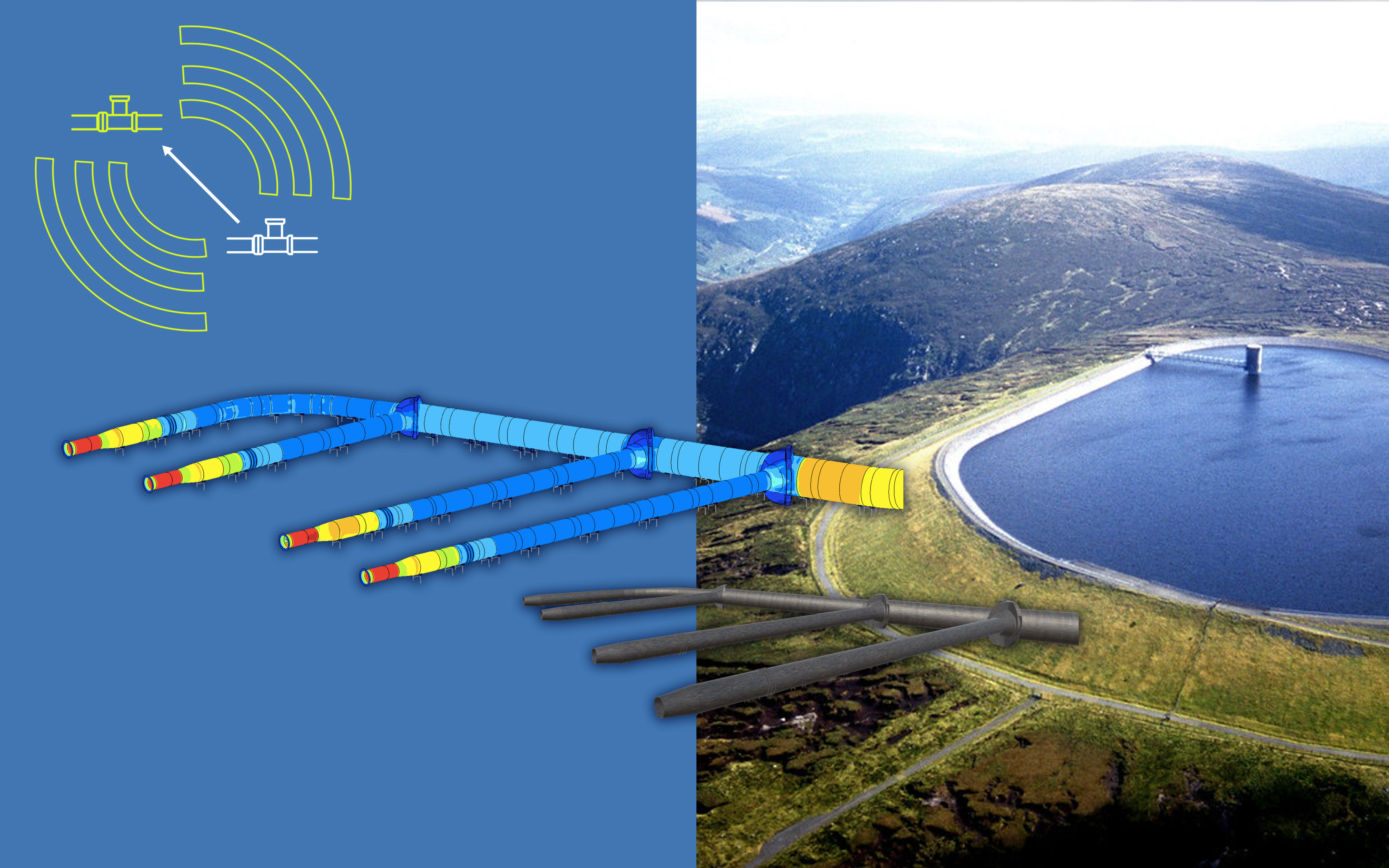782 results found
Featured results



More results
To attract the trillions of dollars needed in infrastructure investment to fuel global growth and create jobs, we need better information about what’s working and why.
On 27 January 2016, the Global Infrastructure Hub was represented by Senior Director, Richard Timbs, at the global launch of the International Infrastructure Support System (IISS) at the Inter-American Development Bank in Washington.
The paper discusses the potential contribution of transport infrastructure to regional growth in the years following the GFC.


The survey was conducted to guage the status of infrastructure market based on macro trends. Previously, Deloitte had conducted a survey in 2013 and interviewed a wide cross-section of infrastructure investors throughout Europe.



The study was initiated in the backdrop of significant near term challenges to Capital project and infrastructure (CP&I) spending.


The MDBs Joint Declaration of Aspirations on Actions to Support Infrastructure Investment is a tool developed to ensure that MDBs work together to scale up infrastructure investment and attract private sector investment.

These guidelines, circulated by the MoF in December 2015, guide the project implementing agencies in the preparation of PPP VfM evaluations, and assist the finance departments at various levels in reviewing the PPP VfM evaluations in a well-regulated and orderly way.

The PPP Manual provides overall guidance on the steps to carry out a PPP project.

The government s Infrastructure Delivery Management System comprises three core systems, namely a planning and budgeting system, a supply chain management system, and an asset management system, all of which have forward and backward linkages.

This report covers the state of play of technology in Southeast Asia, assess the foundation of Southeast Asia foundations for digital technology and looks at national and regulatory digital economy intiatives.

The paper “Partnering to Build a Better World: MDBs’ Common Approaches to Supporting Infrastructure Development” presents a brief description of how MDBs work with their Borrowing Member Countries (BMCs) .

The National Framework for Traditional Contracting provides a best practice framework and commercial principles for delivering infrastructure through public procurement.

This report describes the role of economic analysis and the impacts of climate change on economic analysis of infrastructure projects in the context of Asia and the Pacific.

This note seeks to identify a research agenda for addressing the main gaps in information for understanding the drivers and impediments of long-term investment and related financing.

This paper studies the joint decision to invest in such infrastructure, and retrofit it later, given that future climate damages are uncertain and follow a geometric Brownian motion process with positive drift.

The study provides a qualitative and quantitative analysis of the employment impact EIB projects in four Mediterranean partner countries.

The guidelines give concrete advice to countries on how to manage their responsibilities as company owners, thus helping the state-owned enterprises to become more competitive, efficient and transparent.

This guide provides a high-level overview of each assurance process for infrastructure projects in the Commonwealth.










